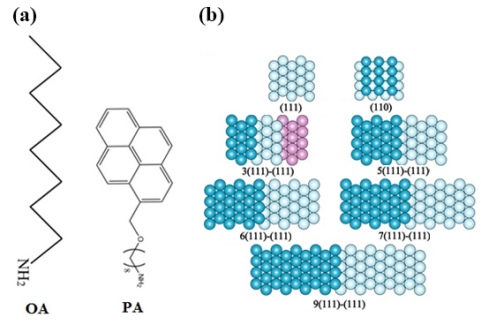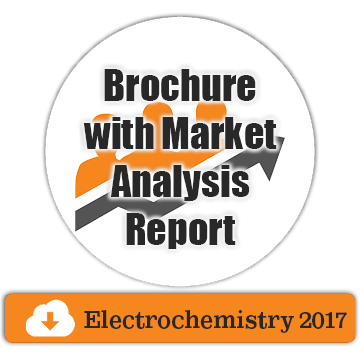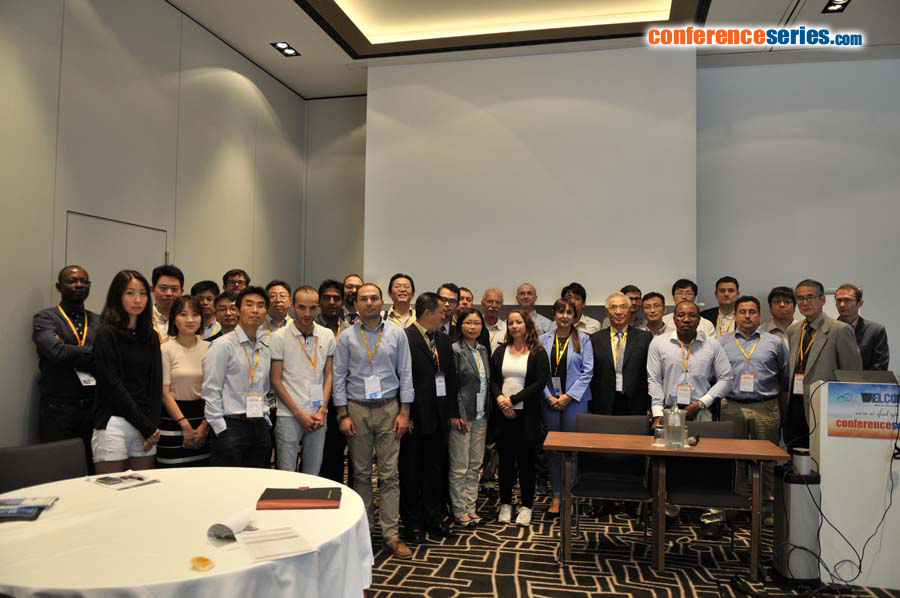
Nagahiro Hoshi
Chiba University, Japan
Title: Structural effects on the oxygen reduction reaction on single crystal electrodes Pt modified with amines
Biography
Biography: Nagahiro Hoshi
Abstract
Enhancement of the activity for the oxygen reduction reaction (ORR) is important for the development of fuel cells. Structural effects on the ORR have been studied using single crystal electrodes of Pt1-5, Pd6, Pt3Ni7 and Pt3Co8. Recently, Miyake et al, reported that Pt nanoparticles modified with amines such as OA and PA (Fig. 1(a)) give higher activity for the ORR and durability than bare Pt nanoparticles. We have studied structural effects on the enhancement of the ORR by the amines on n(111)-(111) surfaces of Pt that have the highest activity for the ORR.4 In the notation n(hkl)-(mno), n, (hkl) and (mno) shows number of terrace atomic rows, structure of terrace and step, respectively. Hard sphere models of the surfaces examined are shown in Fig. 1(b). The ORR voltammograms were measured in 0.1 M HClO4 saturated with O2 using rotating disc electrode (RDE) at room temperature. The activity for the ORR was estimated using specific activity at 0.90 V(RHE) jk. OA/PA = 9/1 (molecular ratio) was adsorbed on a single crystal surface of Pt. The peaks of hydrogen adsorption/desorption and oxide formation in voltammograms shrink after the modification of OA/PA in Ar saturated solution. The value of jk of Pt(111) modified with OA/PA was 2.5 times as high as that of bare Pt(111). On Pt(331) = 3(111)-(111) that has the highest activity for the ORR in n(111)-(111) surfaces, however, the value of jk after OA/PA modification is lower than that of the bare surface. Detailed study on the structural effects shows that OA/PA enhances the ORR activity on the surfaces with terrace atomic rows n ≥ 7. On the surfaces with n ≤ 6, OA/PA deactivates the ORR. We have also studied the OA/PA effect on Pt(100) of which surface is composed of flat terrace with 4-fold symmetry. The ORR activity on Pt(100) is deactivated after the OA/PA modification. OA/PA enhances the ORR activity of Pt electrodes with more than 7 atomic rows of (111) terrace, but deactivating the ORR on narrow (111) surfaces with terrace atomic rows less than 6 and (100) structure. The reason of the enhancement of the ORR activity by OA/PA has not been elucidated. DFT calculation attributed the higher activity on n(111)-(111) surfaces of Pt compared with Pt(111) to the destruction of well-ordered structure of adsorbed water on (111) terrace.9 OA/PA may also change the adsorbed water structure on wide (111) terrace. Structure of adsorbed water needs to be elucidated using vibrational spectroscopy.

References
- N. M. Marković, R. R. Adzić, B. D. Cahan, E. B. Yeager, Structural effects in electrocatalysis: oxygen reduction on platinum low index single-crystal surfaces in perchloric acid solutions, J. Electroanal. Chem. 377, 249 (1994).
- M. D. Macia, J. M. Campina, E. Herrero, J. M. Feliu, on the kinetics of oxygen reduction on platinum stepped surfaces in acidic media, J. Electroanal. Chem. 564, 141 (2004).
- A. Hitotsuyanagi, M. Nakamura, N. Hoshi, Structural effects on the activity for the oxygen reduction reaction on n(111)-(100) series of Pt: correlation with the oxide film formation, Electrochim. Acta. 82, 512 (2012).
- N. Hoshi, M. Nakamura, A. Hitotsuyanagi, Active sites for the oxygen reduction reaction on the high index planes of Pt, Electrochim. Acta. 112, 899 (2013).
- F. Sugimura, M. Nakamura, N. Hoshi, The oxygen reduction reaction on kinked-stepped surfaces of Pt, Electrocatalysis, 8, 46-50 (2017).
- S. Kondo, M. Nakamura, N. Maki, N. Hoshi, Active sites for the oxygen reduction reaction on the low and high index planes of palladium, J. Phys. Chem. C, 113, 12625-12628 (2009).
- T. Rurigaki, A. Hitotsuyanagi, M. Nakamura, N. Sakai, N. Hoshi, Structural effects on the oxygen reduction reaction on the high index planes of Pt3Ni: n(111)-(111) and n(111)-(100) surfaces, J. Electroanal. Chem., 716, 58–62 (2014).
- Y. Takesue, M. Nakamura, N. Hoshi, Structural Effects on the Oxygen reduction reaction on the high index planes of Pt3Co, Phys. Chem. Chem. Phys., 16, 13774-13779 (2014).
- R. Jinnouchi,K. Kodama, Y. Moromoto, DFT calculations on H, OH and O adsorbate formations on Pt(111) and Pt(332) electrodes J. Electroanal. Chem. 716, 31 (2014).


